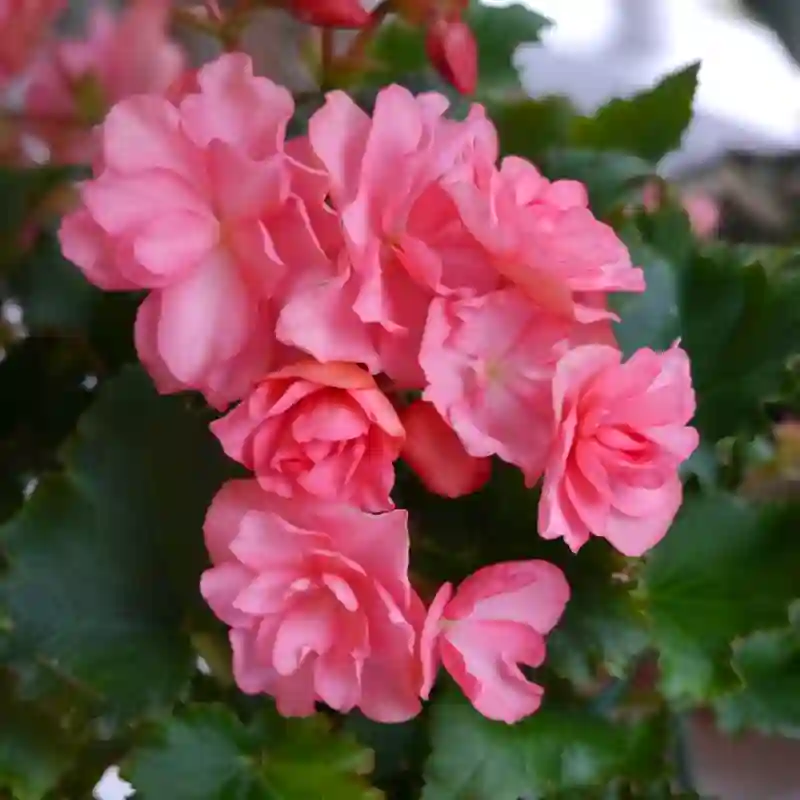The Allure of Sandalwood: A Deep Dive into the Santalum Genus
As a plant enthusiast, I’ve always been fascinated by the diversity and beauty of the natural world. One genus that has particularly captivated me is Santalum, more commonly known as sandalwood. This group of woody flowering plants, belonging to the Santalaceae family, boasts a rich history and a captivating fragrance that has been prized for centuries.
Aromatic Heartwood: More Than Just a Pleasant Scent
The most renowned member of this genus is undoubtedly Santalum album, the Indian sandalwood. This species is famed for its fragrant heartwood, which yields an essential oil used extensively in perfumes, incense, and traditional medicine. But the Santalum genus is far more diverse than just this single species. It encompasses a variety of trees and shrubs, each with its own unique characteristics and regional significance.
A Diverse Family Tree: Exploring the Species in Santalum
- Santalum album (Indian sandalwood): Native to India, Indonesia, and Australia, this species is the primary source of sandalwood oil used globally.
- Santalum spicatum (Australian sandalwood): This Australian native has also been commercially important for its fragrant wood.
- Santalum lanceolatum (Northern sandalwood): Another Australian species, it’s known for its distinctive lance-shaped leaves.
- Santalum acuminatum (Desert quandong): This Australian species is unique for its edible fruit, which has a tart flavor.
- Santalum ellipticum (ʻIliahi Aloʻe): This Hawaiian sandalwood species has cultural significance and was historically used for scenting kapa cloth.
- Santalum freycinetianum (Oʻahu ʻIliahi): Another Hawaiian species, it played a role in traditional medicine and ceremonies.
- Santalum haleakalae (‘Iliahi): This Hawaiian species is known for its high-altitude habitat on the slopes of Haleakalā volcano.
- Santalum austrocaledonicum: Native to New Caledonia, this sandalwood species is culturally significant and prized for its fragrant wood, often used in local traditions.
- Santalum boninense: Endemic to the Bonin Islands, this sandalwood is a rare and vulnerable species threatened by habitat loss.
- Santalum fernandezianum: Native to Juan Fernández Island, this sandalwood is a medium-sized tree with valuable, fragrant wood.
- Santalum insulare: Found in the western Pacific islands, this sandalwood is used for essential oil production and timber.
- Santalum involutum: Endemic to Western Australia, this sandalwood is a shrub or small tree with small leaves and white flowers.
- Santalum macgregorii: Native to New Guinea, this sandalwood is a medium-sized tree with hard, dense wood.
- Santalum murrayanum: Widespread in Australia, this sandalwood is used for essential oil production and timber.
- Santalum obtusifolium: Native to Western Australia, this sandalwood is a shrub or small tree with rounded leaves and white flowers.
- Santalum paniculatum: Widespread in Australia, this sandalwood is used for essential oil production and timber.
- Santalum papuanum: Native to New Guinea, this sandalwood is a large tree with valuable, fragrant wood.
- Santalum pyrularium: Found in the western Pacific islands, this sandalwood is used for essential oil production and timber.
- Santalum yasi: Endemic to Australia, this sandalwood is a shrub or small tree with small leaves and white flowers.
The Importance of Sustainability: Protecting Sandalwood for Future Generations
The high value placed on sandalwood has, unfortunately, led to unsustainable harvesting practices in some regions. This overexploitation threatens the survival of certain Santalum species. It’s crucial to support sustainable sandalwood production and conservation efforts to ensure that these remarkable plants continue to thrive for generations to come.
Sandalwood’s Cultural Significance: A Global Legacy
Beyond its economic value, sandalwood holds deep cultural and spiritual significance in many societies. In India, sandalwood paste is used in religious ceremonies and is believed to have purifying properties. In Hawaii, sandalwood was historically a symbol of royalty and was used in the construction of canoes and temples. The enduring appeal of sandalwood across cultures speaks to its unique place in human history.
Looking Ahead: The Future of Sandalwood
As we move forward, it’s important to balance the demand for sandalwood with the need for conservation. Sustainable cultivation practices, reforestation efforts, and responsible sourcing are essential to preserving this precious resource. By valuing and protecting Santalum species, we can ensure that their beauty and fragrance continue to enrich our world.
If i die, water my plants!



